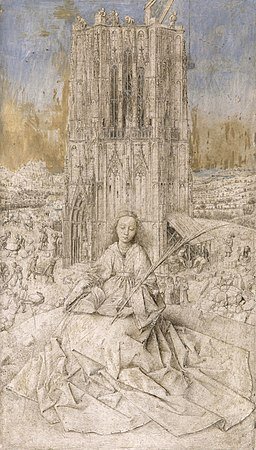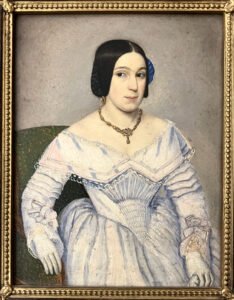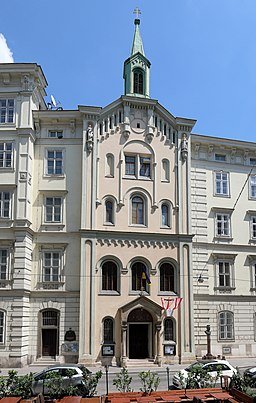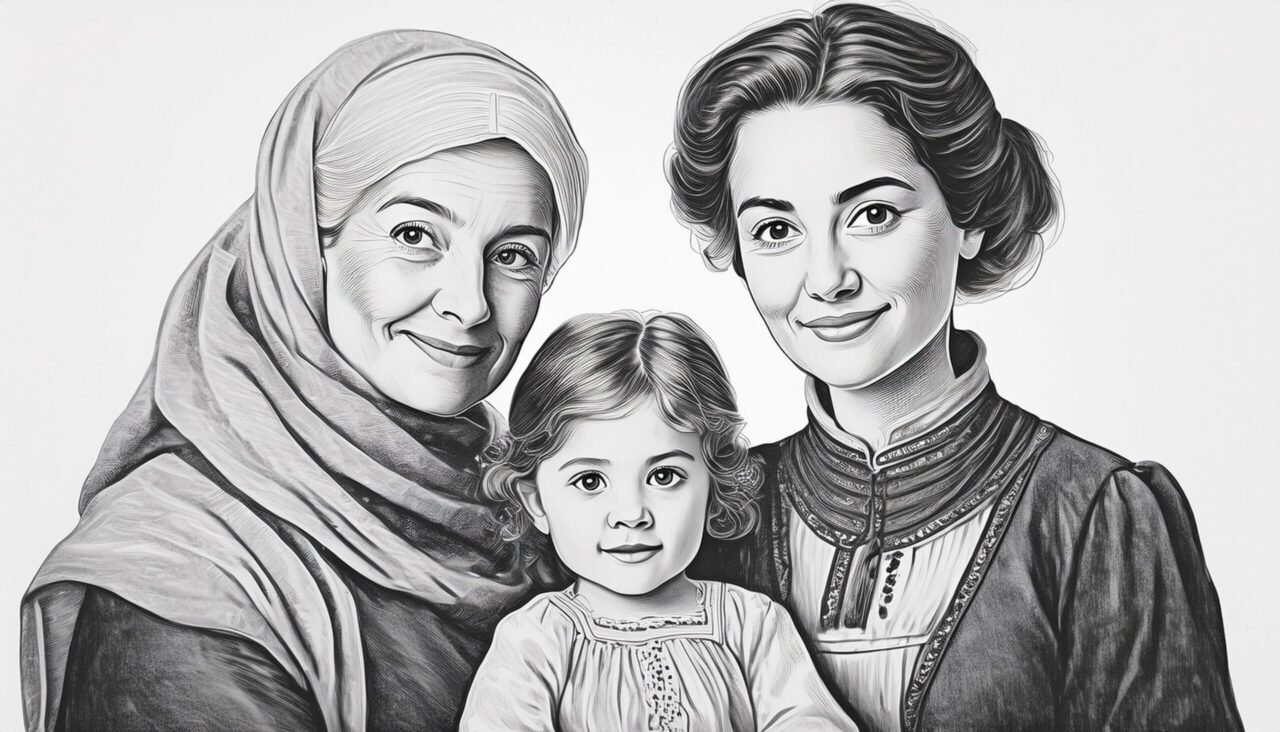Born in 1961, I belong to a generation in which this name was extremely popular. My interest in the name was sparked by its popularity in my school days - in my first years at grammar school there were four Barbaras in my class alone!
The name Bärbel is a short form of the name Barbara. "Barbara" comes from the Greek and means "the foreigner". Originally, this referred to someone who was not Greek-speaking and whose language sounded like an incomprehensible "bar-bar", similar to today's "blabla".
The Christian patron saint, St Barbara of Nicomedia
Barbara became known as a woman's name particularly through St Barbara of Nicomedia, who, according to legend, was a martyr who lived in the 3rd century AD. She became one of the Fourteen Holy Helpers in the Catholic tradition, which gave her fame and the spread of her name an additional boost. The Wikipedia article on St Barbara is well worth reading and provides information about the many professions of which she is the patron saint. In addition to miners, firefighters and artillery, she is the patron saint of architects and all kinds of construction workers, brush makers and hat makers, but also of butchers, cooks, gravediggers and booksellers. She is also the patron saint of girls, the dying and prisoners.
On Saint Barbara's name day (4 December), it is customary in Austria to cut cherry branches, called "Barbarazweige", and place them in a vase of water. If the branches start to blossom by Christmas, this is said to bring good luck and health for the coming year. This custom is also practised in my family.

Public domain, via Wikimedia Commons
A first name that has been very popular for generations
In the German language and especially in Austria, where many of my ancestors come from, the name Barbara has been popular for many centuries. The short form Bärbel, which I also have, is a typical German variant that was particularly popular in the middle of the 20th century. This diminutive form sounds affectionate and familiar, which is perhaps one of the reasons why it is so common in my generation.
The fact that Barbara also occurs so often in my own family could indicate that my ancestors were deeply rooted in the Catholic tradition, or simply appreciated the sound and meaning of the name. This connection through the generations gives the name an additional personal depth for me.


my great-great-grandmother
Known name bearer(s)
In Germany and Austria, there were and are several prominent women with this name, including the German civil rights activist Bärbel Bohley. She was a prominent figure in the GDR civil rights movement. As a co-founder of the Peace and Human Rights Initiative and the New Forum, she played a central role in the protests that led to the fall of the Berlin Wall.
In conclusion, my name is more than just a simple call name. Barbara, or in my case Bärbel, carries a rich history, cultural significance and a connection that extends far beyond my own existence. It reflects tradition, culture and history, and every time I hear my name, I feel a bit more connected to the many generations before me who have borne it.
Barbaragasse and St Barbara's Church in Vienna

CC BY-SA 4.0, via Wikimedia Commons
In Vienna, at Postgasse 8A in the 1st district, stands the St Barbara's Church. Its history begins with a chapel built in 1573, inspired by the saint Stanislaus Kostka after his healing. Between 1652 and 1654, the existing Jesuit convent and the chapel were renovated. After the suppression of the Jesuit order in 1773 Maria Theresa The building was given to the Greek Catholic Church in 1775. It became a parish in 1784. The church was integrated into the former main post office building and has a single-nave barrel vault, a rich interior from the 18th and 19th centuries and the façade was Romanised in 1852. Today it serves as the central Greek-Catholic parish for the Ukrainian-United and Hungarian-Greek-Catholic parishes.
Map
Small "Barbara encyclopaedia"
Short forms: Barbra, Barbe, Berbe, Bab, Babe
Coseforms: Barbel, Barbele, Bärbel, Bärbele, Barbeli, Bäbe, Bäbi, Babel, Babele, Bäbel, Bäbele, Bärmel, Bäll, BälleWaberl, Wawerl, Bärb, Bärbchen, Bärber, Bärbl, Bäpp, Babs, Babsi, Barbie, Wetti
Name variants: Barbarina, Barbarine
From Wiktionary
Variants
Baabe, Bäbi (Alemannic, Swiss German)
Babette (French diminutive form)
Babis (czech)
Bäerbel (luxembourgish)
Bairbre (Irish)
Barba (Breton)
Bárbara (Portuguese, Spanish)
Barbel (french)
Barbė (Lithuanian)
Bärbel, more rarely Bärbl (German short form)Barbie (English short form)
Barbla (rhaeto romanic)
Barbora (Lithuanian, Slovakian, Czech)
Barbra (English secondary form)
Barbro (Swedish secondary form)
Basia (Polish short form, ['baɕa])
Borbála (Hungarian)
Borbora (Upper Sorbian, ['bɔʀbɔʀa])
Rabab (arabic)
Varvara, Varvara (Βαρβάρα in the Greek alphabet, Варвара in the Cyrillic alphabet) (Greek, Russian, Ukrainian, Belarusian)From Wikipedia

